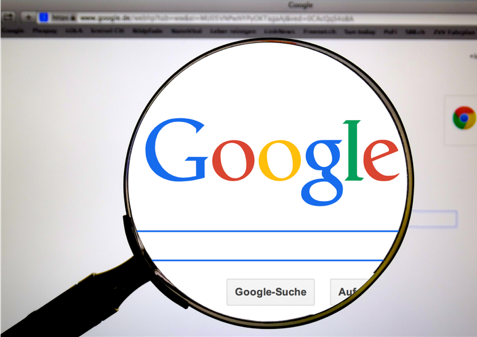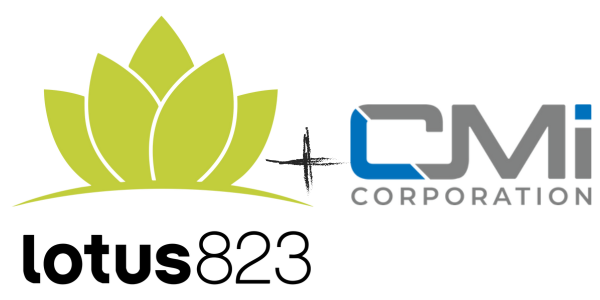
In our previous blog, Google Advertising 101, we briefly discussed the key differences between Search and Display ad placements. So, if your brand is looking to capture the attention of users actively researching a product or service your brand offers, then Google’s Search Network is where you will want to be advertising.
What Exactly is the Search Network?
While Google reached a reported 3.2 billion* unique visitors last month, the Search Network encompasses far more than just Google’s homepage. The Search Network is anywhere that your ads may appear, which includes tools such as Google Maps, Shopping, Images, as well as Google’s partner sites. With a variety of placements to choose from, your brand can ensure it is reaching its target audience at the right place and right time.
Benefits of Google’s Search Network
What do today’s lunch, a plumber, and a sympathy bouquet have in common? Urgency. With the Google Search Network, your brand can reach users who need a product or service both quickly and in close proximity to them. If you are advertising on Search Network, when users search Google, it will push your brand’s ad to the top of their search. See below how Google Search ads are displayed similarly to how organic results are ranked. The only difference being that those top results are competing against other brands for the top coveted spot.

The Key to Choosing Keywords
Keywords are vital and the right keywords can put your brand in front of the right customers at the right time. By choosing highly-searched and relevant words or phrases, you can show your ads to target consumers at the moment that they are most likely to make a conversion. When creating keywords, it is important to use branded terms, product types, sales, general brand-related words, and select negative keywords to prevent ranking in unwanted searches.
Bidding
When setting bids while advertising on Google, it is important to consider your overall budget, campaign goals, and the value of a single sale/conversion. Once you have analyzed those important factors, you can then decide if a manual or automated bidding strategy best suits your goals. For help determining your CPC (cost-per-click) bids, it’s best to also refer to Google’s bid simulator, keyword planner, and first page bid estimates.
Manual bidding allows advertisers to set bids at the ad group level for individual keywords and ad placements, while automated bidding allows advertisers to set a daily budget and Google does the heavy lifting to drive the most clicks. As your ad runs, you will have the opportunity to make bid adjustments, which can include device, location, time of day, top content, and remarketing.
From there, you will need to set your campaign’s daily budget. It is important to keep in mind your monthly advertising budget divided by 30.4 (average days per month), ad delivery method, and the average CPC per industry.

Quality Over Quantity
So how exactly do you push your ad to the first page of Google? While the bid placed helps influence where your ad will appear, your ad rank is dependent on its quality score, which is made up of three important factors:
- Ad relevance: How well your ad matches the user’s search
- Landing page: The overall user experience after a user leaves Google to visit your website
- Expected CTR (click-through rate): Your ad’s average CTR versus competitors
Write On
When writing, it is important to include the following components for an effective ad:
- Call to action: Your brand will want to grab a user’s attention fast to make a conversion, so language such as “buy now” and “learn more” entice users to click on the ad.
- Benefit: Your brand’s product or service is going to help the user in some way, so be sure to call out how it will help, which will then convince the user that your brand is the one to choose, i.e. “Get a good night’s sleep with Sleepy’s mattresses.”
- Offer: Saving money is arguably the largest enticement any advertiser can offer. Copy that includes “Save $x” or “Take x% off,” is a great way to drive clicks to your website.
Another opportunity to boost the likelihood of your text ads is by adding an extension to your text ad. Extensions add a tidbit of information to make your ad more useful to users. Information can include a phone number, address, review scores, or call outs, which will ultimately lead to more clicks on your ads.
To learn more about search ads or to start advertising on Google, contact us for more information.
*Data retrieved from https://www.semrush.com.








